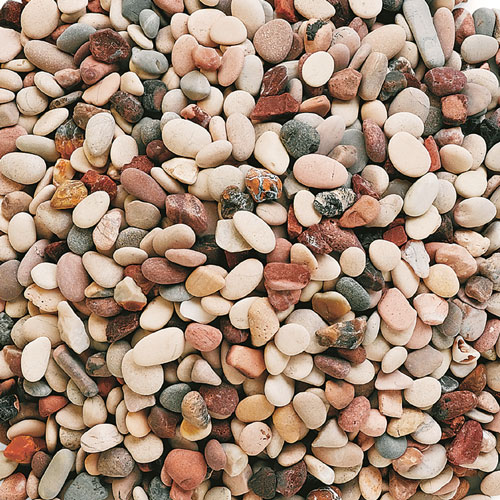
Once all your bushes and trees have been pruned to perfection, you’ll need to do something about all the material you’ve trimmed off.
A mulcher, also called a shredder or chipper, is an invaluable garden accessory that converts the waste from pruning into a useful resource.
If you only undertake a major pruning mission once or twice a year, or if you are faced with a one-off task such as cutting a damaged branch from a large tree, hiring a heavy-duty chipper might be the best option.
But if you find yourself with mountains of prunings every fortnight during the warmer months, you might find they’re just too much for the compost heap.
This is where a tool that transforms them into fine mulch will probably be a worthwhile addition to your power tool collection.
TIP While most mulchers handle branches quite well, only the higher-end models are really effective at shredding finer material such as leaf litter.
PETROL MULCHERS or chippers with a powerful four-stroke engine might be the better choice for offcuts from more ambitious pruning. These are similar to the industrial machines used by arborists and professional tree fellers to create a truckload of mulch at a time.
ELECTRIC MULCHERS or shredders are likely to be the best option unless you have a large property and regularly need to prune and maintain large trees. These are easy to operate, require virtually no maintenance,v and can easily chew through branches of up to 35mm in diameter.
Protective layering
In most cases, covering areas of bare soil with a layer of organic mulch greatly simplifies your gardening chores.
Mulch reduces water loss from the soil, slowing evaporation and improving water absorption when it rains or when you use a sprinkler.
It slows weed growth while returning nutrients to the soil as it breaks down.
Mulch also protects plant roots from extremes of hot and cold weather, and evens out dramatic fluctuations in temperature. It can also add colour and texture, which is a big improvement for areas of plain soil.
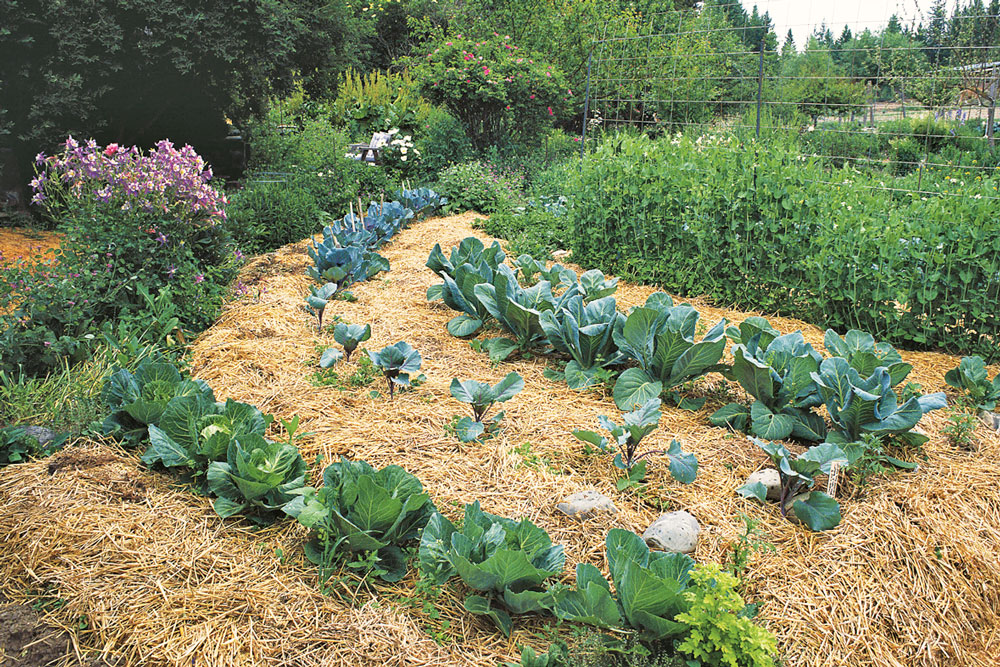
Mulch reduces water loss from the soil, slowing evaporation and improving water absorption when it rains or when you use a sprinkler
Make the most of mulch
The best time to apply mulch is in spring, then keep it topped up throughout the year.
The key is to avoid leaving any soil bare, so always mulch around new plantings straight away.
Before mulching, dig out all traces of perennial weeds and water the garden beds before and after applying the mulch.
Spread your shredded prunings over the soil about 75 to 100mm deep, but avoid mulching right up to stems or trunks as it may cause them to rot.
Types of mulch
Trimmings
Trimmings such as flowers and foliage should be shredded first. Take care not to use organic material that might have been sprayed with chemicals.
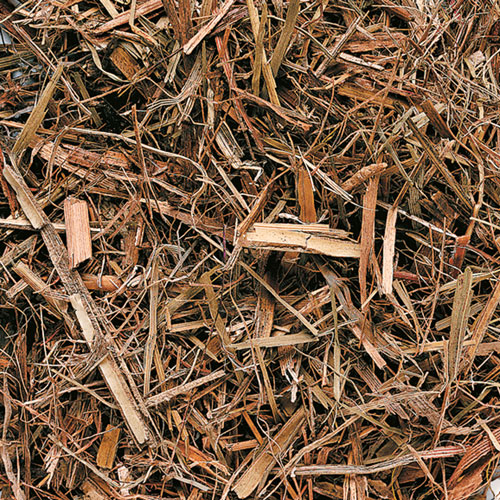
Leaf litter
Leaf litter mixed with small shredded branches from your pruning makes excellent mulch. Avoid using this type in bushfire-prone areas because it can be highly flammable.
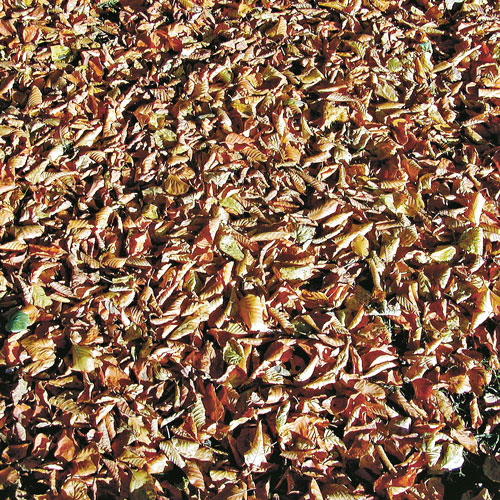
Conifer offcuts
Conifer offcuts make a good wind-resistant mulch that helps lower the pH of the soil, making it particularly hospitable to azaleas, rhododendrons and camellias.
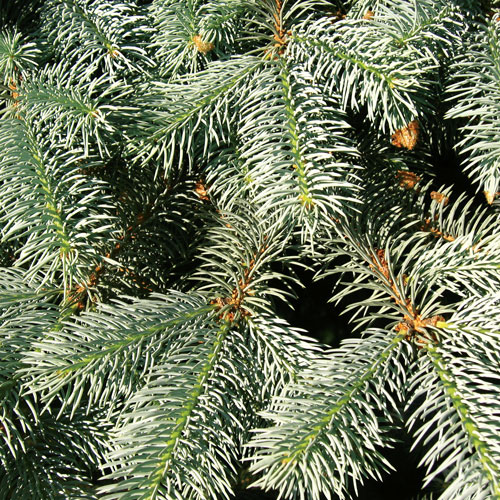
Tree bark
Tree bark and woodchip from larger branches drains well and its acidity makes it good for mulching around strawberries. As a general rule, don’t use it on a vegetable garden.
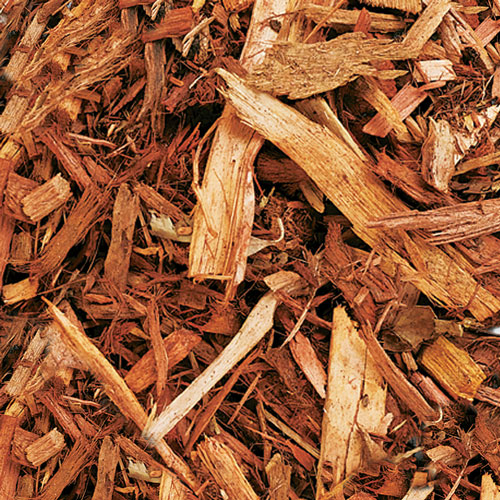
Lucerne hay
Lucerne hay breaks down over time to feed the soil, which means you will have to keep it topped up. Use it around roses to help repel black spot.
TIP Chop it up for easier spreading.
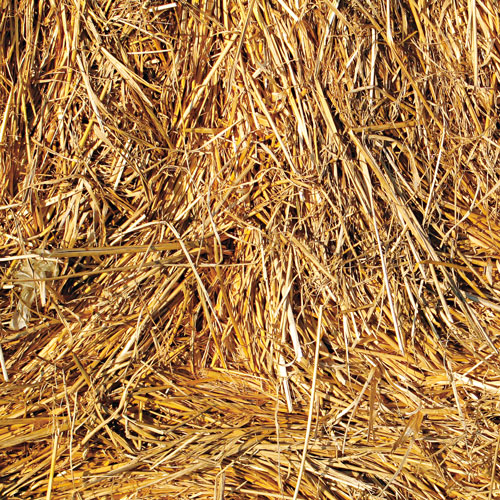
Pebble mulch
Pebble mulch is worth mentioning as a complement to the organic material. It works well around trailing vegies such as pumpkins because it helps prevent rotting.
